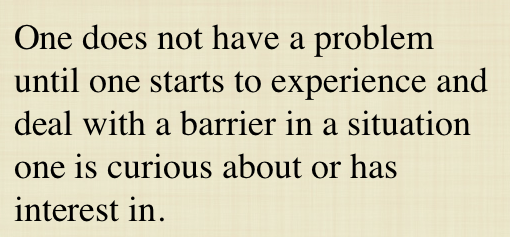These are selected excerpts from the article “Document Analysis as a Qualitative Research Method” by Glen Bowen.
Definition
Document analysis is a systematic procedure for reviewing or evaluating documents—both printed and electronic (computer-based and Internet-transmitted) material. Like other analytical methods in qualitative research, document analysis requires that data be examined and interpreted in order to elicit meaning, gain understanding, and develop empirical knowledge.
Document analysis is often used in combination with other qualitative research methods as a means of triangulation—‘the combination of methodologies in the study of the same phenomenon’. The qualitative researcher is expected to draw upon multiple (at least two) sources of evidence; that is, to seek convergence and corroboration through the use of different data sources and methods. Apart from documents, such sources include interviews, participant or non-participant observation, and physical artifacts.
Specific uses of documents
- Documents can provide data on the context within which research participants operate—a case of text providing context, if one might turn a phrase. Bearing witness to past events, documents provide background information as well as historical insight.
- Information contained in documents can suggest some questions that need to be asked and situations that need to be observed as part of the research.
- Documents provide supplementary research data. Information and insights derived from documents can be valuable additions to a knowledge base.
- Documents provide a means of tracking change and development. Where various drafts of a particular document are accessible, the researcher can compare them to identify the changes.
Analyzing Documents
- Document analysis involves skimming (superficial examination), reading (thorough examination), and interpretation. This iterative process combines elements of content analysis and thematic analysis.
- Content analysis is the process of organising information into categories related to the central questions of the research. It entails a first-pass document review, in which meaningful and relevant passages of text or other data are identified. The researcher should demonstrate the capacity to identify pertinent information and to separate it from that which is not pertinent.
- Thematic analysis is a form of pattern recognition within the data, with emerging themes becoming the categories for analysis (Fereday & Muir-Cochrane, 2006). The process involves a careful, more focused re-reading and review of the data. The reviewer takes a closer look at the selected data and performs coding and category construction, based on the data’s characteristics, to uncover themes pertinent to a phenomenon. Predefined codes may be used, especially if the document analysis is supplementary to other research methods employed in the study. The codes used in interview transcripts, for example, may be applied to the content of documents.
Evaluating the Evidence
Determine the relevance of documents to the research problem and purposeand ascertain whether the content of the documents fits the conceptual framework of the study. It is necessary, as well, to determine the authenticity, credibility, accuracy, and representativeness of the selected documents.Establish the meaning of the document and its contribution to the issues being explored.
Consider the original purpose of the document—the reason it was produced—and the target audience. Information about the author of the document and the original sources of information could also be helpful in the assessment of a document: whether a document was ‘written as a result of firsthand experience or from secondary sources, whether it was solicited or unsolicited, edited or un- edited, anonymous or signed, and so on’. In addition, because documents are context-specific, they should be evaluated against other sources of information.
Document analysis, then, is not a matter of lining up a series of excerpts from printed material to convey whatever idea comes to the researcher’s mind. Rather, it is a process of evaluating documents in such a way that empirical knowledge is produced and understanding is developed. In the process, the researcher should strive for objectivity and sensitivity, and maintain balance between both.
